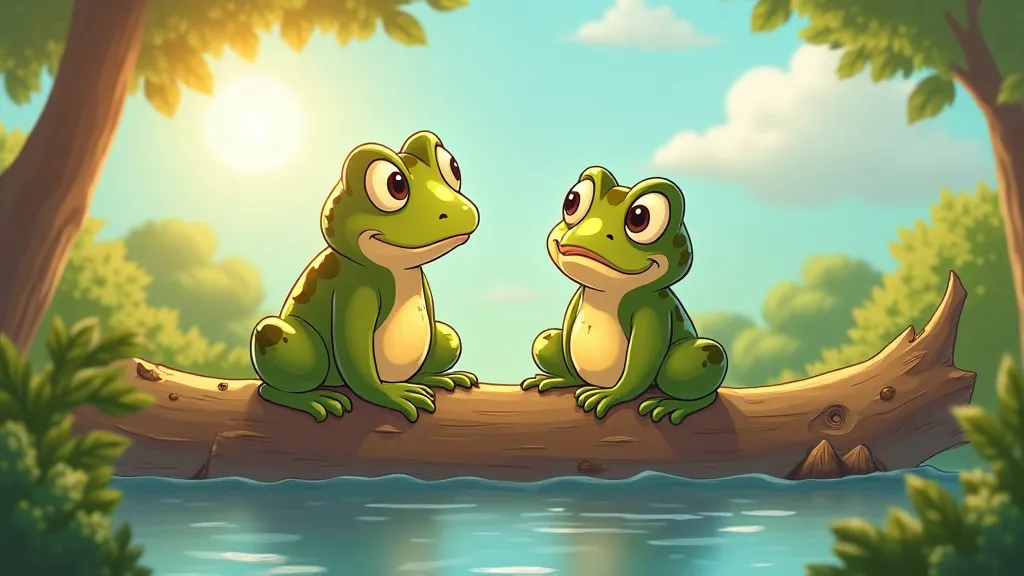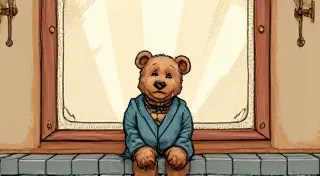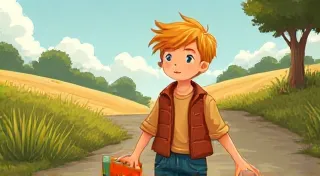‘Frog and Toad are Friends’ Origins: Examining Arnold Lobel’s Early Influences
Arnold Lobel’s ‘Frog and Toad are Friends’ remains a cornerstone of early childhood reading, beloved for its gentle humor, heartwarming friendship, and accessible prose. But where did this iconic series come from? Understanding Lobel’s early influences reveals a fascinating journey from aspiring artist to celebrated children’s author. This article explores those formative years and sheds light on the seeds that blossomed into the familiar world of Frog and Toad.
A Background in Fine Arts
Before crafting stories for young readers, Arnold Lobel (1934-2008) pursued a career as a fine artist. He studied at the Cleveland Art Institute and the Cooper Union in New York City. This artistic foundation profoundly impacted his later writing. His keen eye for detail, his understanding of composition, and his ability to convey emotion visually all found their way into the illustrations that accompany his stories. Consider how he portrays the characters—their simple shapes, their expressive gestures – it’s a testament to his artistic training. He wasn’t just telling a story; he was carefully crafting a visual experience.
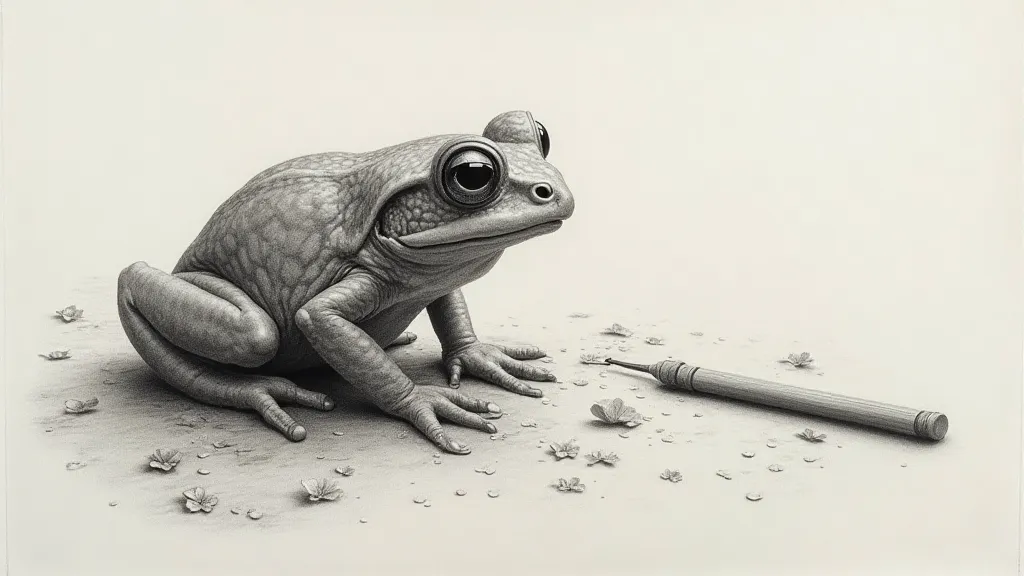
Early Attempts and the Influence of Dr. Seuss
Lobel's early writing career wasn’t an immediate success. He faced numerous rejections before finding his voice. He experimented with various styles and genres. Interestingly, he initially tried to emulate Dr. Seuss. While he eventually moved away from this approach, the rhythmic cadence and playful use of language evident in Seuss’s work undoubtedly influenced Lobel’s early experimentation. This period taught him valuable lessons about pacing, rhythm, and the power of visual storytelling, even if the eventual output wasn’t a direct replica of Seuss’s unique brand.
The Role of *A Hole Is a Hole Is a Hole*
A significant turning point came with Lobel’s book, *A Hole Is a Hole Is a Hole* (1959), illustrated by Joseph Stevens. While not a runaway hit, this book demonstrated his ability to create engaging stories with a minimalist style. It showcased his understanding of how to tell a story through simple language and impactful illustrations. The success of this book gave him the encouragement and the confidence to continue writing for children.
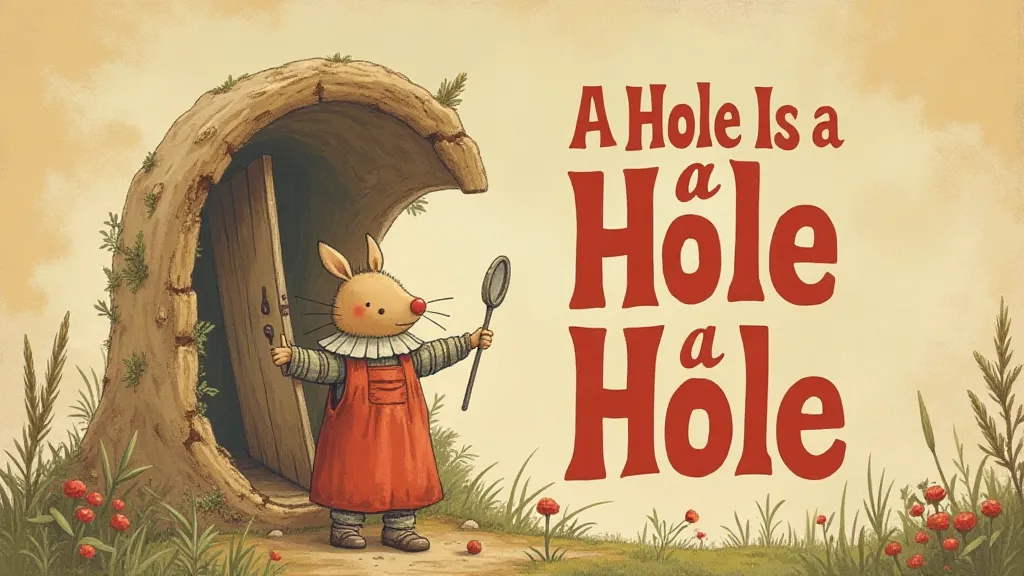
Finding His Voice: Simplicity and Friendship
The breakthrough came with ‘Frog and Toad are Friends’ (1971). Lobel deliberately stripped away complexity, opting for a style accessible to beginning readers. He focused on the simple joys of friendship, portraying Frog and Toad's interactions with humor and tenderness. The stories resonate because they capture universal themes of companionship, empathy, and acceptance. The lack of elaborate plotlines and the focus on character development made the series incredibly successful. This minimalist approach became a hallmark of his writing style.
Beyond ‘Frog and Toad’: A Legacy of Gentle Storytelling
While 'Frog and Toad are Friends' cemented Lobel’s place in children’s literature, he continued to produce numerous other books, often exploring similar themes of friendship and everyday experiences. His influence can be seen in countless other authors who have followed in his footsteps, adopting his simple yet powerful storytelling techniques. His work remains relevant because it champions the power of kindness, understanding, and the enduring beauty of true friendship.
